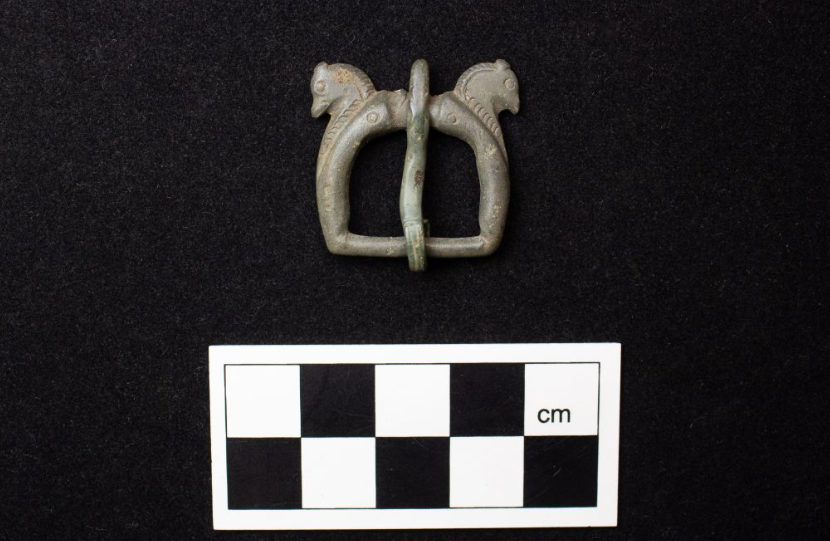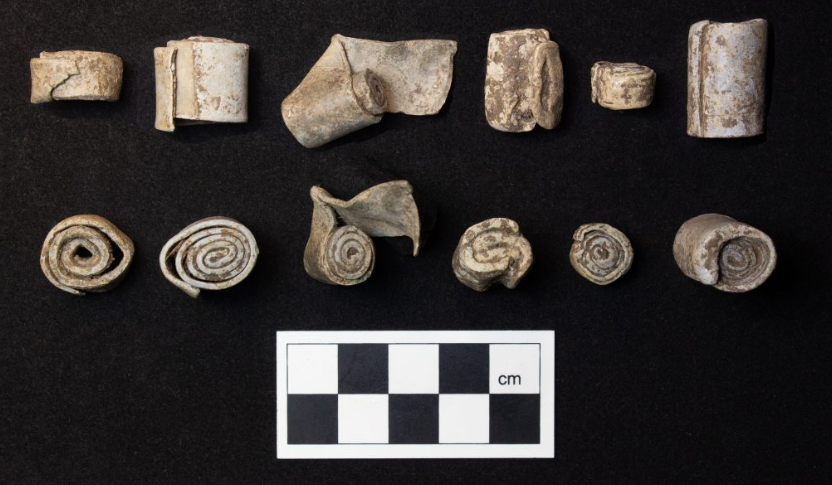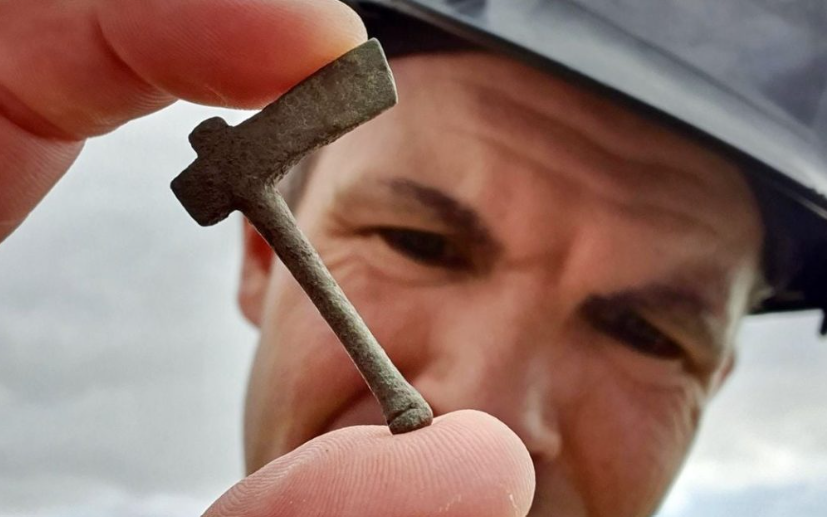A remarkable archaeological find has recently been unearthed while digging at a housing development site.
Others are reading now
While working on a Barratt and David Wilson Homes housing development at Brookside Meadows in Grove, a small village nestled within Oxfordshire, England, archaeologists came across an unexpected sight: a “richly decorated” Roman villa complex.
This remarkable discovery dates back to the late first and second centuries and showcases the opulence and architectural grandeur of Roman Britain. Intriguing artifacts, found beneath the mud and rubble, hint at the villa’s significant role in the ancient landscape.
A Peek into Roman Grandeur
The excavations, led by the Red River Archaeology Group (RRAG), have brought to light a Roman villa complex that evolved over time. The complex features several buildings and four massive columns or post bases, some of the largest of their kind found in Britain from the Roman era.
The villa is discovered to have been adorned with stunning details such as painted plaster and mosaics. Among the discoveries were also fragments of a monumental hall-like structure known as an “aisled building,” with hints of internal colonnades.
Also read
“The sheer size of the buildings that still survive and the richness of goods recovered suggest this was a dominant feature in the locality if not the wider landscape,” stated Louis Stafford, a senior project manager at Red River Archaeology Group.
Francesca Giarelli, the site director, provided insights into the villa’s structure and evolution. The central hall, likely the original construction, connected several rooms and served various purposes as the owner’s wealth expanded, including agricultural processing and manufacturing.
Villas were much more than mere residences during the Roman Empire’s reign in Britain, which lasted from 43 to roughly 411 C.E., Giarelli stated. The owners of these villas frequently in charge of managing crops, fixing roads, and accumulating food supplies.
The villa included areas repurposed for practical uses, like an oven crafted from reused Roman building materials for drying cereals and hops. This aspect is indicative of a broader trend seen in luxurious Romano-British villa complexes, where practicality was valued over extravagant displays of wealth, especially as the focus on agricultural processing and manufacturing intensified.
Unraveling Roman Life through Artifacts
Perhaps more interestingly, the development site also contained unique artifacts, among which were miniature axes, scrolls possibly used in rituals, sophisticated painted plaster with floral motifs, mosaic tesserae, hypocaust box flue tiles, and an assortment of coins, rings, and brooches.
These artifacts paint a vivid picture of Roman life.
One of the more fascinating finds was a horse-headed belt buckle, which archaeologists suggest dates back to around 350-450 C.E. This artifact provides a unique insight into the interactions between late Roman and early Anglo-Saxon cultures, suggesting that Romans occupied the area through the fourth or fifth century C.E.

A Window to Ritualistic Practices
Another intriguing discovery at the site was a collection of lead scrolls, reminiscent of Roman “curse tablets.” Although these scrolls are currently blank, their presence alongside votive axes suggests the villa could have been a site of ritual or pilgrimage, adding a mystical dimension to our understanding of Roman Britain.
The ongoing research and excavation at Brookside Meadows not only offer a glimpse into the sophisticated lifestyle and architectural prowess of Roman Britain but also uncover the complex social and religious practices of the time. Campbell Gregg, the managing director of the development company, expressed hope that this research would enrich the local community’s understanding of their historical heritage, bridging the past with the present.
As the excavation continues, each artifact and structural detail unearthed at the site promises to add more chapters to the fascinating story of Roman occupation in Britain, offering unprecedented insights into the era’s cultural, social, and economic dynamics.



